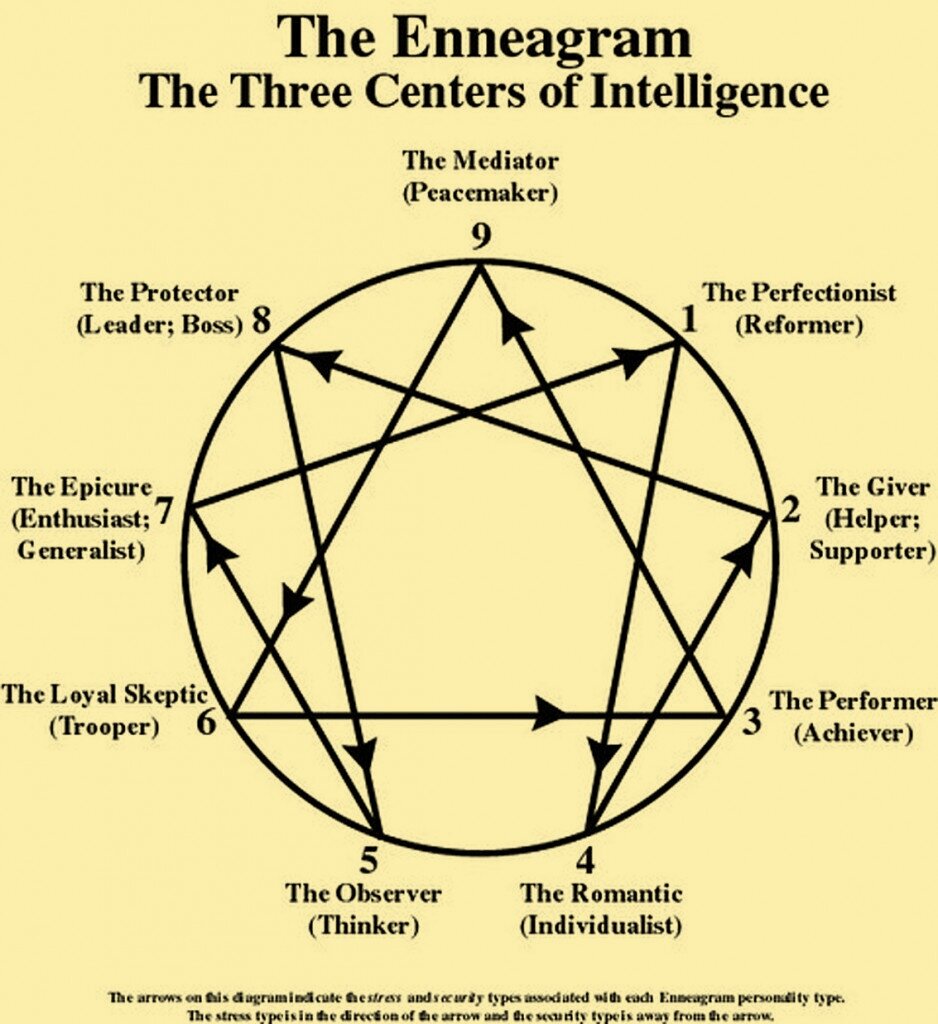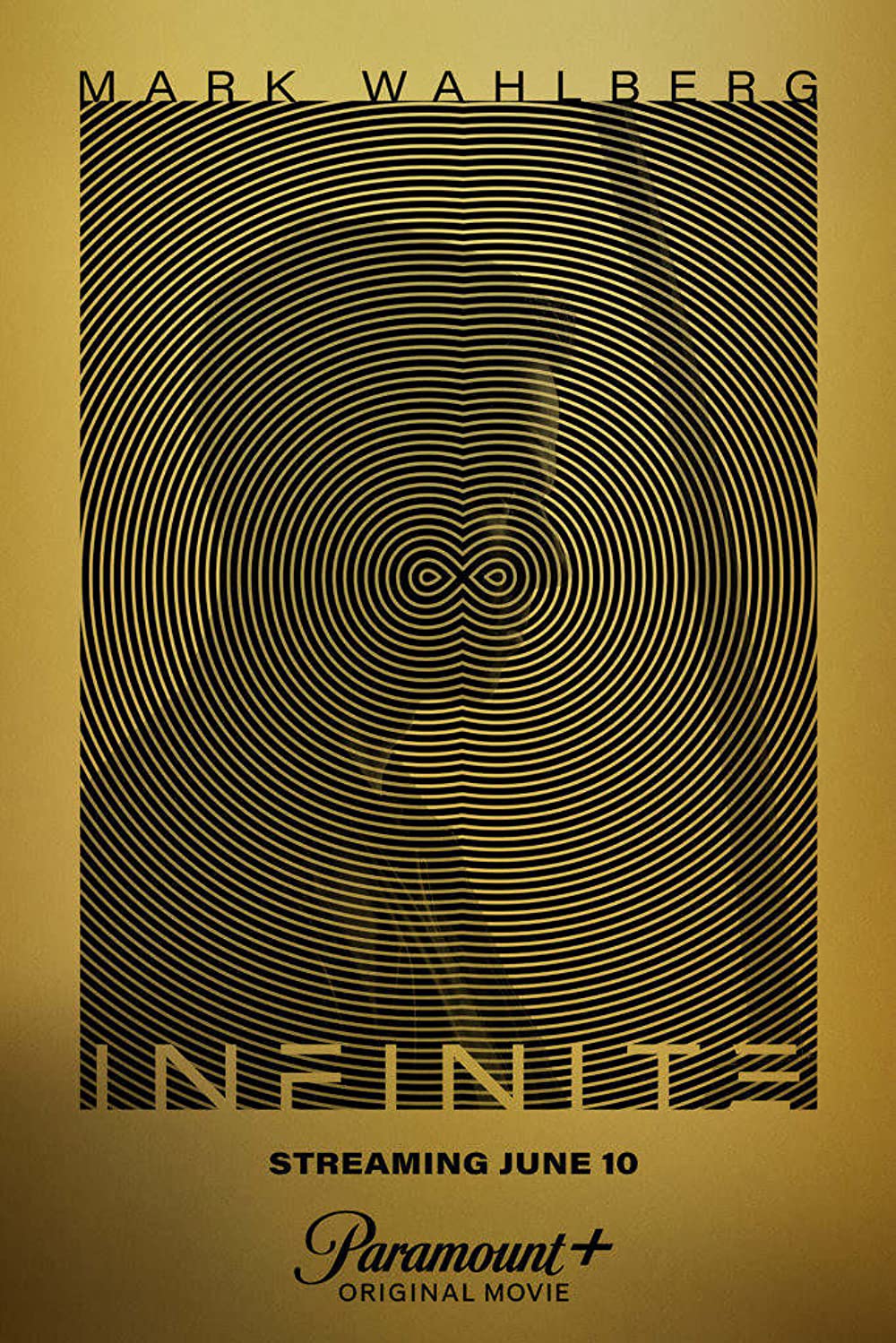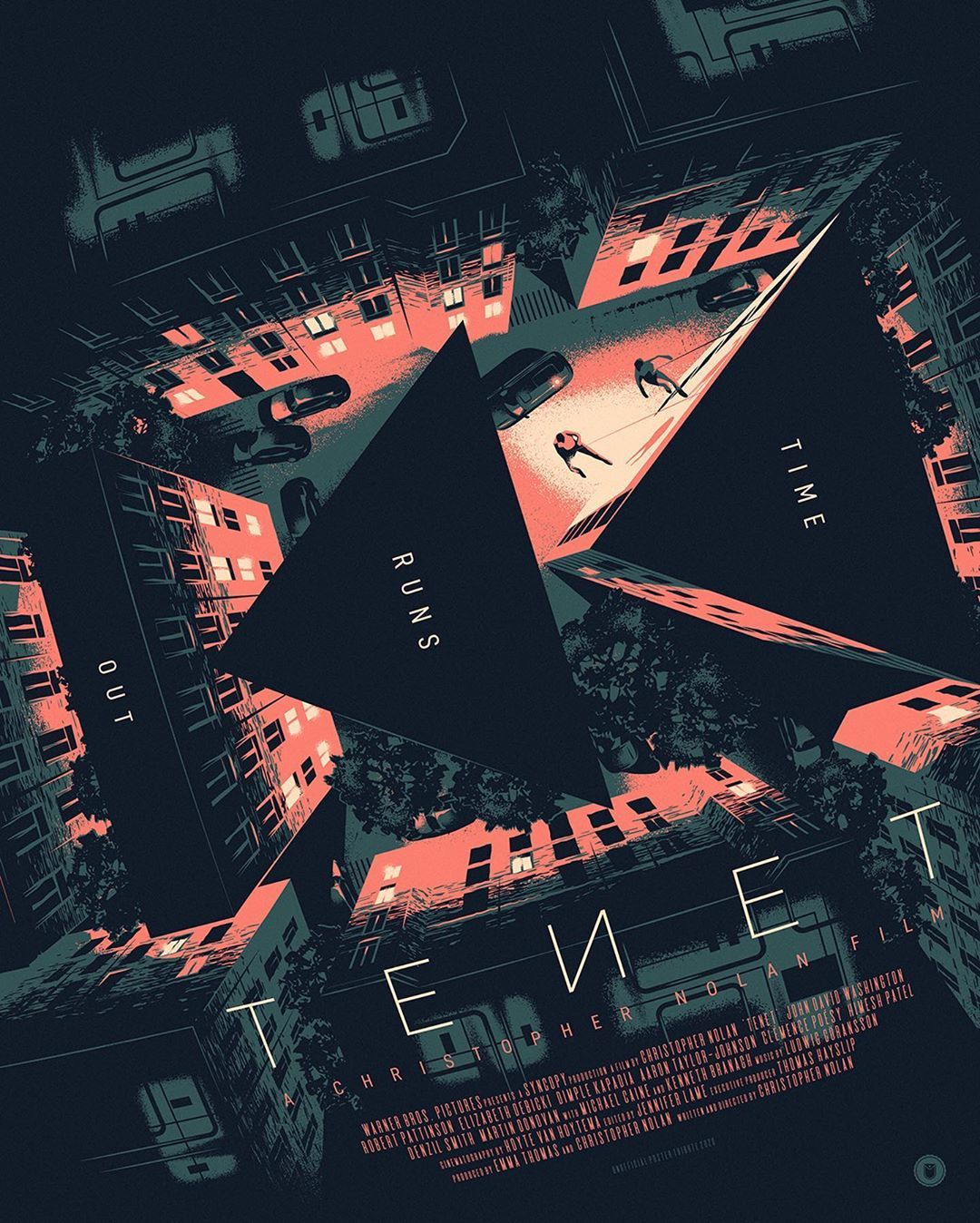timespace coordinates: pre-1912 regions of Transcaucazia, Central Asia (Bukhara), Afghanistan, Tibet, Pakistan at the borderlands between where the European Imperial powers were clashing in what became known euphemistically as the “Great Game”
Maybe it is offputting for many to watch a movie entitled “Remarkable Men”, and indeed apart from the early love interest of Armenian-Greek mystic, philosopher and guru George Ivanovich Gurdjieff (c.1867 – 29 October 1949) and a female member of his “Truth Seeker” group, there seem to be very few women in this account of the early travels of this key figure of Western esotericism and occultism. So if you can get across this glaring and painful absence, we can move further. This is an unusual biographical drama by Peter Brooks (The Mahabharata, Tierno Bokar) based on Gurdjieff’s own accounts of his early life described in coded, fantastic and allegorical-mythmaking imagery. This is Peter Brooks version of Gurdjieff’s spiritual journeys during the early part of his life – published much later in book form. As an aside the famous Peter Brooks (theatre director) himself had an influence on celebrated Romanian Theathre director Andrei Serban who attended the International Center For Theatre Research in the 1970s.
G. himself feels like a streetwise character, a farceur, living off hypnotherpy or painting and selling sparrows as canaries to tourists. I quite appreciate this image.
I was not so much interested in the veracity or accuracy of his own autobiographical accounts. But are these miraculous encounters or highly symbolic and allegorical visions so unique? I was curious about ways of imagining a (modern) invented performative tradition as invented by others (a mysterious Eastern Brotherhood – so not so much ‘cultural appropriation’ as searching legitimation for new practices selling them as primordial). What about this series of sacred dances – the“Gurdjieff movements” depicted at the end of the movie?
Gurdjieff was a man of his times, not in any sense exceptional. It was a time of constant traffic across disciplines, geographic and cultural borders, of strange scientific beliefs and newly discovered invisible worlds (the Old Quantum theory) that ended up with bizarre metaphysical reshuffling. Although there is a lot of talk about the unexplained, about mind-body-emotional problems and unexplained events – Gurdjieff’s life is well situated in its context, yet maybe completely unfamiliar to most of us in the early 21st c. This is not an attempt at demysticatuon, but a way to appreciate syncretic and hybrid methods and spiritual/mundane comingling at a time where Islamophobia and entrenched fundamentalism keeps bringing misery to many places of the world (thinking about Rohinja in Myanmar or the Muslim minority in India or the plight of Palestinians everywhere).
I am talking about mostly a diverse bunch of largely stateless, transnational persons – that used to travel anonymously or under pseudonyms, takeing on the new routes of transnational capital and globalization to spread ideas, search for like-minded comrades, translate revolutionary texts (including SF )avidely read mystical literature but also smuggle guns to mutineers and anti-colonialists compadres. They were also incarcerated and eventually had to pay a high prize for their conspirative activities. It was also a brutal time of accidents and disasters. Gurdjieff was just lucky enough to survive and live through some horrible car accidents. Such lives are amply described in a recent remarkable study where a series of truly remarkable men and women of which I am pretty sure you never ever heard because they are not part of the Western canon nor part of history we were tought of in schools (East bloc or West)-: Underground Asia and the Assault on Empire by Tim Harper.
The “miracle” of these “remarkable” men was pulling through a time of crisis with large-scale deportations, populational exchanges and forced displacements (see 1923 Turkish Greek population exchange) culminating with the WWII 1940s and its aftermath, but also trying to find a new modern identity. While living incognito and in hiding at the very heart of European imperial centers they gathered acolytes, escaped genocides and developed ways to survive amidst repression, looming wars and often very violent nation building. They were shaped by a widespread cat-and-mouse Great Game across geographic borders, religions, cultures and classes.

How to orient yourself in such an uncertain world in tatters, how to find succor, opportunity or build friendships and instant connection across races, cultures and social classess? I think here comes the compass known as “The Enneagram” a diagram presented by Gurdjieff to the world in 1916 that was supposed to offer a way to access the inner dynamics of the universe and its harmonic order beyond an apparent order.
I am not trying to minimize the mystical or spiritual value of Gurdjieff but to recognize that these erratic searches of seeking THE meaning and transferring ‘wisdom’ across much of Asia (Tibet, Afghanistan, Iran, Mesopotamia, Ottoman Empire) do have a historical and geopolitical foundation and world system reasons. My reading here is that this “wisdom” should be also seen as some more banal – as a counter-espionage of sorts. It is almost a cliche (since Kipling) that the sacred men were also purveyors of strategic data as much as local lore and Orientalist know-how (in the Edward Said sense). You could always become a potential informant as well as a recruit and snitch for a foreign power. Also, they had to escape the widening and collaborative net of counter-revolutionary forces, because the French, British, and Russian Tsartist secret police were becoming more aware and more paranoid and intent on precluding any serious attempts on the part of their colonial subjects to revolt. Their future colonial prospects and intra-imperial scuffles were to be secured at any price. Suffice to say they had back then as much success as the current Homeland Security in the US and most of their actions were supported by xenophobia, racism, and jingoist sentiment to spy on suspicious ‘foreigners’.
Gurdjieff’s account of his pre-1912 years should be seen as more akin to Rudyard Kipling’s Kim (published in 1901). It is not just the Imperial fantasy of impossible control, ‘native’ Informants were necessary to the imperial enterprise and information across immense swaths of territory had to be gathered. Such growing Imperial Archives grew larger and larger following the need to document and surveil subaltern populations, refugees and immigrant movements, filtering for potential terrorists and “internationalist” anarchist or socialist elements. The threat of disorder, of anti-imperial and anti-British or anti-French mutinous conspiracy that might endanger the hegemony of the Western powers was largely overblown but violent repression and exploitation left unchecked always tends to accumlate. Fragile post colonial states followed and it all morphed into something more devious and even more genocidal during the Cold War (see the Djakjarta Method and Kissinger’s role). In the wake of early 20 c anarchist bomb attacks and their attempts to topple the authoritarian ruler and monarchies all over Europe (who were largely related by blood alliances altough purported enemies during the Great Game), the various police forces established crucial data flows, exchanges, forming a worldwide dragnet of secret service and Interpol collaboration.
Intellectuals also played an active part in that. Orientalists were the new specialists embroiled in the Great Game since the very beginning. This was of course the time of the Western expeditions along the former Silk Road in the search for archeological loot and manuscripts. The hunt for manuscripts was done without any qualms as regards the right of Europeans to carry of ‘finds’ from non-European lands. An almost textbook example of this is the life of Hungarian-born British archeologist Aurel Stein and the major expeditions to Central Asia—in 1900–1901, 1906–1908, 1913–1916, and 1930 he undertook. From the French side – the French Sinologist and Orientalist Paul Pelliot– both famously ransacking the Dunhuang throve of manuscripts is also part of this tale. As British sinologist Arthur Waley puts it:
“The Chinese regard Stein and Pelliot as robbers,” wrote the British sinologist Arthur Waley. “I think the best way to understand [the feelings of the Chinese] on the subject is to imagine how we should feel if a Chinese archaeologist were to come to England, discover a cache of medieval manuscripts at a ruined monastery, bribe the custodian to part with them and carry them off to Peking.”
Yes, this movie is also the search for the larger meaning by a small child from the Transcaucasus region, more specifically from the small Armenian town of Gyumri – in the Russian Empire somewhere in the latter half of the 19 century (~1867). He spent his childhood in the Kars Oblast which is now part of eastern Turkey (it was later captured by the Ottoman Empire). At the time was home to an incredibly diverse mixture of multi-ethnic, multi-confessional populations with a long history of traveling holy men, bards, troubadours, mystics and what the French called “fou divin” (men of crazy holy wisdom).
As part of this winds-swept, a nearly semi-desertic area the Armenian plateau “Kars Oblast was home to Armenians, Iranians, Russians, Caucasus Greeks, Georgians, Turks, Kurds and smaller numbers of Christian communities from eastern and central Europe such as Caucasus Germans, Estonians and Russian sectarian communities like the Molokans, Doukhobors, Pryguny, and Subbotniks.”. From the first moment the scene is set, instead of a contest of arms over borders and resources, we get a group of ashugh bards, musicians, and dervishes meeting in a valley since immemorial times to musically duel with each other and try to play the high note, so that the particular acoustic environment of that valley would vibrate in tune. The winner would be chosen and get a lamb if the gathered wise holy crowd agreed. That’s one of my favorite scenes (a truly Pythagorean spectacle!). It is also the one where we can see the diversity of Afghanistan (the movie was filmed in Afghanistan before the Afghan-Soviet War). So this is the entry of young Gurdjieff into a larger and fascinating vibrational universe.
An important community that had a key influence on Gurdijeff was the Yazidis (Yazidi translates to ‘the servant of the creator’) or Yezidis who suffered so much after the rise of ISIS/ISIL (Islamic State) in the wake of the destabilization of this shatter region after the US-British invasion of Iraq and Afghanistan and subsequent instability and rising sectarianism. Yazidis are this very distinct ethnic-religious group part of the Kurdish-speaking group indigenous to Kurdistan that has faced persecution by nearly everyone. Yazidi’s also have been falsely accused of “Satanism” (because of the Angel worship), but their monotheistic religion of Yazidism seems to have roots in the Western Iranian pre-Zoroastrian religion.
So this is a good occasion to see how such an unlikely quest was supported and nourished by these contacts and by several texts that became available to him from various sources (including the local Dean Borsh monophysite Armenian priest). His encounters with mystical Russian noblemen, the ending with the search for the Sarmoung Brotherhood is pretty typical (probably some monstery in Tibet). There is also great social mobility involved – moving from factory work to being a mendicant to entering Sufi circles or being employed as manual laborers in archeological digs in Egypt. In tune with an era of clandestine travelers, he is always moving incognito and always stealing or otherwise obtaining his knowledge of maps by illicit means. Typical of this era of mappings and border control it is always about hidden maps and hidden places. I think even the famous Khyber Pass gets a mention. There is also a big hint of Shambhala or Agartha.
The result of this improbable and weird early encounters with “remarkable men” in order to devise a coreoghraphy of cvasi-modernist Gurdjieff dance movements – that seem to me like early contemporary dances performed by Rudolf von Laban at the Monte Verita in the Alps.
We have to relate this to other movements (such as the contemporary anthroposophic movement) but also the not-so-obvious (even if he escaped Bolshevik Russia and is by no means a Socialist) Gurdjieff practices also relate to the production of the new man and the early foundation of a worker state, prolet cult, and new avant-garde poetry. I am thinking here about the work of techno-poet and founder of the Central Institute of Labor Alexey Gastev. Gastev’s scientific approaches to work management may seem to be at opposite poles from the Gurdjieff movements, but the teaching “tree” described as being part of this “Fourth Way” body-mind-emotional teaching is similar to the teaching and motion studies of Gastev. One is supposed to be a new calibration and liberation of new worker bodies, the other is immemorial and appears derived from Babylonian times (his learning about it from the Sarmoung monastery). See and judge yourself from the description of the movie by Peter Brooks and rediscover this lost gem.






















































































